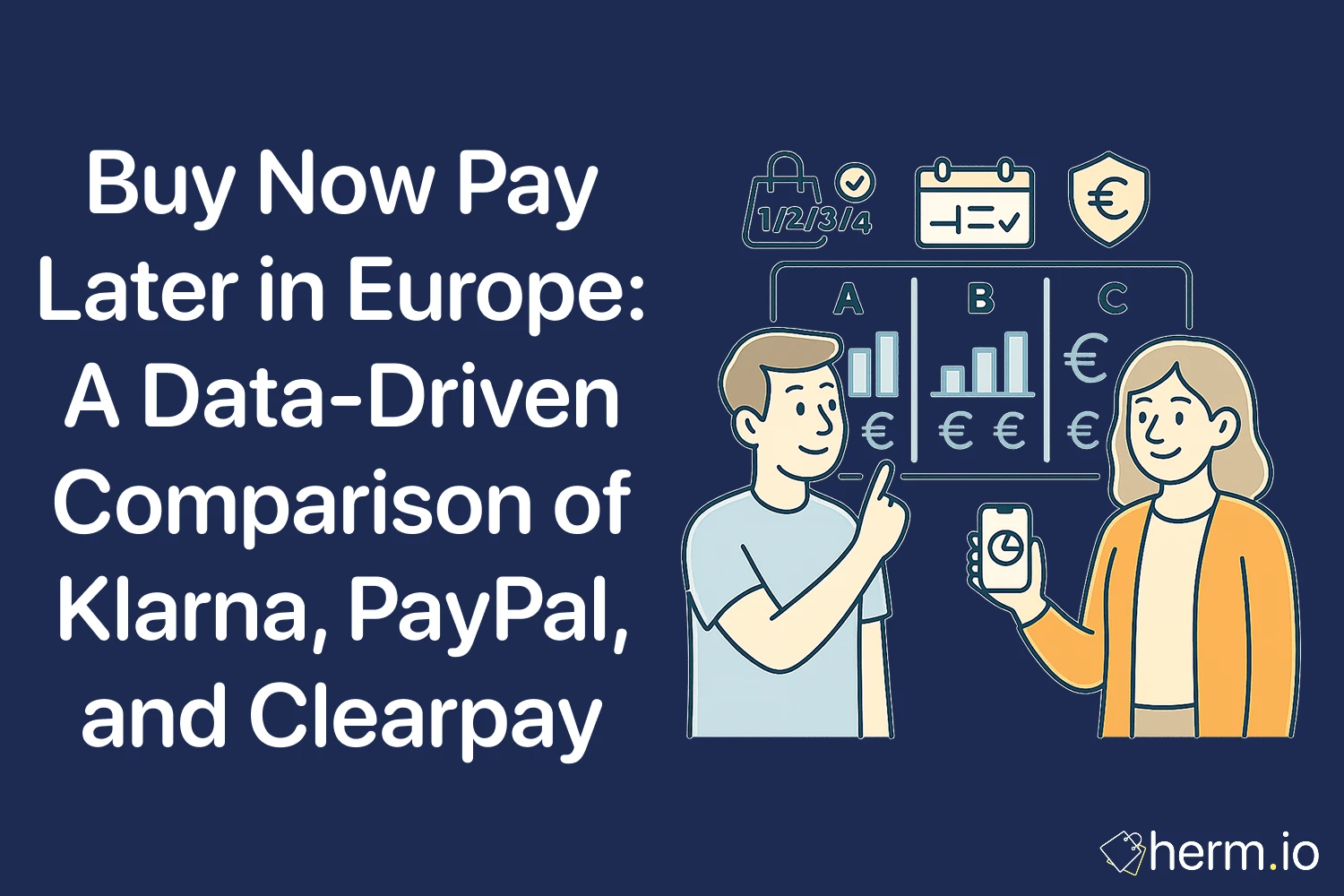
You're staring at that £89 gadget in your shopping basket, finger hovering over "buy now." But something feels off. The numbers tell a clear story: you haven't done your homework. Three clicks later, you find the exact same item for £63 elsewhere. That £26 difference? It's not luck—it's the result of systematic price comparison.
Like a well-engineered system, smart online shopping requires the right tools and methodology. The difference between savvy shoppers and everyone else isn't access to secret deals; it's knowing how to build a reliable comparison process.
Quick Wins: Implement These Today to Start Saving Immediately
- Search by exact model numbers rather than product names for precise matches
- Install Honey browser extension for instant price comparisons whilst browsing
- Check CamelCamelCamel before any Amazon purchase to see price history
- Factor in delivery costs before celebrating that "lowest price"
- Set price alerts on Google Shopping for items you're monitoring
Why Online Prices Fluctuate (And How to Use This Knowledge)
The numbers reveal interesting patterns. Retailers adjust prices based on algorithms that consider demand, inventory levels, and even time of day. Understanding these variables helps you predict when prices drop.
Electronics often see their steepest discounts during specific windows: early morning hours when demand is lower, or just before new model releases. Like monitoring a well-calibrated instrument, tracking these patterns gives you a statistical advantage.
Manual Comparison: Building Your Foundation
Before automation, master the basics. Every systematic approach needs solid fundamentals.
Start With Model Numbers
Product names vary between retailers, but model numbers don't lie. Copy the exact SKU or model identifier from the product page, then paste it into multiple search engines. This eliminates confusion between similar items and ensures you're comparing identical products.
For example, searching "wireless headphones" returns thousands of results. Searching "WH-1000XM4/B" returns exactly what you need.
Search Multiple Categories
Retailers sometimes list identical items under different categories. A USB drive might appear in "Electronics," "Office Supplies," or "Computer Accessories" with different pricing strategies for each section.
Time Your Searches Strategically
Prices shift throughout the day. Run the same search at 7 AM, 2 PM, and 9 PM to spot patterns. Many retailers drop prices during off-peak hours when server costs are lower and demand decreases.
Automated Tools: Your Price-Tracking Arsenal
Manual checking works, but automation scales your efforts exponentially.
Google Shopping: The Comprehensive Database
Google Shopping aggregates millions of product listings, displaying side-by-side comparisons with seller ratings. Its massive index covers both major retailers and smaller merchants you might overlook.
The visual filters help narrow results by price range, delivery options, and seller location. However, pricing updates sometimes lag behind real-time changes.
Idealo: European Market Focus
Particularly useful for UK and EU shoppers, Idealo aggregates listings across European retailers, including smaller local shops that larger platforms miss. The interface is clean, focusing on essential comparison data without unnecessary clutter.
PriceRunner: Historical Analysis
PriceRunner excels at showing price trends over time. The historical charts reveal whether today's "sale" price represents genuine value or marketing manipulation.
Specialist Tools Worth Bookmarking
CamelCamelCamel tracks Amazon pricing history exclusively. Before purchasing anything from Amazon, check its price chart. You'll often discover that "lightning deals" aren't particularly lightning-fast compared to prices from two months ago.
Keepa provides similar Amazon tracking with a browser extension that displays price graphs directly on product pages.
Browser Extensions: Real-Time Intelligence
Browser extensions bring comparison data into your shopping flow automatically.
Honey: Automatic Coupon Application
Honey searches for applicable discount codes at checkout and displays price history graphs. Installation takes thirty seconds; potential savings accumulate over months.
Keepa Extension: Amazon Price Overlay
The Keepa extension adds price history charts beneath Amazon product listings. Green indicates prices below average; red suggests waiting for a better deal.
Setup Recommendations
Configure extensions to display prices in your preferred currency and enable notifications for significant price drops. Most extensions allow you to set percentage thresholds—alert me when prices drop by 15% or more.
Hidden Costs: The Full Financial Picture
A £50 base price becomes £67 after delivery fees, import duties, and currency conversion charges. Like any engineering calculation, accuracy requires accounting for all variables.
Delivery Mathematics
"Free shipping" often means the cost is built into the product price. Compare total checkout amounts, not just item prices. Express delivery might cost £8 extra, but if it arrives before a competing retailer's "free" seven-day option, the convenience value might justify the expense.
Currency and International Fees
UK shoppers buying from EU retailers face currency conversion fees (typically 2-3% on credit cards) plus potential customs charges on orders over £135. Factor these into your calculations using current exchange rates from XE.com or similar services.
Spotting Fake "Original" Prices
Some retailers inflate reference prices to create artificial discounts. The numbers expose these tactics quickly.
Historical Verification
Before believing a "50% off" claim, check the product's price history. Tools like CamelCamelCamel show whether that "original" price ever existed or if it's marketing fiction.
Cross-Reference Reality
If three retailers list an item at £80 and one shows "£140 reduced to £75," that £140 reference point deserves scrutiny. Real discounts reflect actual market pricing, not invented comparisons.
Price Tracking: From Snapshots to Patterns
Single price checks show today's data. Systematic tracking reveals optimal purchasing windows.
Seasonal Patterns
Electronics drop predictably around Black Friday, back-to-school periods, and new product launches. Clothing sees clearances in January and July. Home goods often discount during bank holiday weekends.
Statistical Approach
Track prices for two weeks minimum before major purchases. Calculate the average price and set your buying threshold at 10-15% below that average. This removes emotional decision-making from the equation.
Alert Systems
Google Shopping allows price alerts for specific products. Set these strategically: too sensitive and you'll get daily notifications; too conservative and you'll miss genuine opportunities.
Implementation Strategy
Start with one product category you buy regularly—perhaps electronics or clothing. Install two comparison tools: one browser extension and one price-tracking website. Test the system on smaller purchases before applying it to expensive items.
The engineering principle applies: build reliability through consistent processes, not sporadic effort.
Frequently Asked Questions
How often should I check prices before buying?
For purchases over £100, check prices across three different retailers and review one week of price history. For everyday items under £30, a quick browser extension comparison usually suffices.
Which price comparison tool gives the most accurate results?
No single tool covers every retailer. Combine Google Shopping's broad coverage with specialist tools like CamelCamelCamel for Amazon purchases and Idealo for European retailers.
Do price comparison sites always show the lowest prices?
Price comparison sites earn commission from participating retailers, which can skew results. Always cross-reference with direct retailer searches, especially for high-value purchases.
How can I avoid fake discount schemes?
Check price history before believing percentage-off claims. If a product's "original" price never appears in historical data, the discount is likely fabricated for marketing purposes.
The numbers don't lie—systematic price comparison saves money consistently. Like any well-designed system, it requires initial setup time but delivers reliable long-term results.

Camille Durand
I'm a marketing analytics expert and data scientist with a background in civil engineering. I specialize in helping businesses make data-driven decisions through statistical insights and mathematical modeling. I'm known for my minimalist approach and passion for clean, actionable analytics.

.png)








.png)

.png)
.png)
.png)